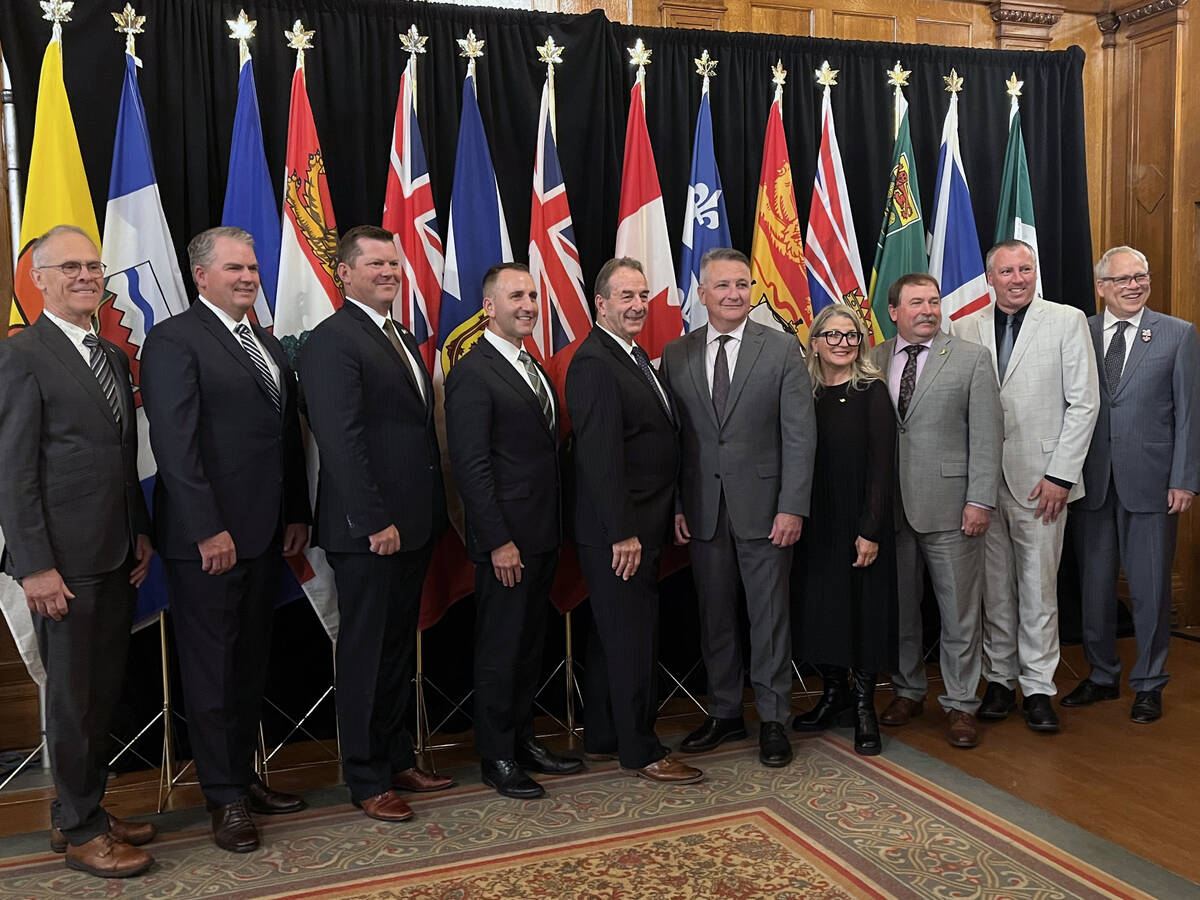A wild boar moratorium and support for a federal lobbyist were among resolutions approved at the Saskatchewan Association of Rural Municipalities annual convention in Saskatoon March 9-12.
Glen McMillan, a councillor in the RM of Hazelwood, said municipalities need to manage boar populations around Moose Mountain Provincial Park.
“They’re like rats. Unless we all work together, one infests the other.”
He said the problem is particularly acute in the southeastern Saskatchewan park, which provides good habitat for the rapidly multiplying beasts.
They have no predators and are so ferocious that horses and elk keep their distance, he said.
Read Also

Agriculture ministers commit to enhancing competitiveness
Canadian ag ministers said they want to ensure farmers, ranchers and processors are competitive through ongoing regulatory reform and business risk management programs that work.
They also do significant environmental damage, rooting in golf courses and parks.
McMillan said the problem was the result of inadequate fencing by farmers who raised them for meat and a lack of enforcement of regulations governing diversified livestock operations.
He said hunting wild boars cell by cell is the most effective way to control them once they escape from farms. A cell contains four to 10 pigs.
“This is open warfare when they go after them,” McMillan said.
“They need to get all at one hunt or they get wilder.”
He said the animals can travel up to 30 kilometres a day if spooked but prefer to remain in high grass and potholes.
This winter’s heavy snow cover has made it easier to track the animals, resulting in the lowest populations seen in five years.
SARM delegates also agreed to pay for a federal lobbyist through their membership fees.
Previously it had been supported on a voluntary basis.
Executive director Ken Engel said the work benefits all RMs.
“It took a while for them to realize the value of doing this.”
He cited as an example the outdated Navigable Waters Protection Act that could damage an RMs’ ability to manage waterways.
“Culverts have to be high enough for a canoe to go through on creeks you’d never take a canoe down,” he said.
“At one time, it meant something, but it doesn’t anymore.”
He said the lobbyist provides SARM a heads up on these types of issues so it can have input as government drafts policy, legislation and regulations.
“Otherwise there’s a lot of false information out there and not a chance to correct it.”
Engel was pleased to see the delegates defeat a resolution calling on organic farmers to pay for weed infestations on neighbouring conventional farms.
“Farming has changed over the years and there is a place for organics,” he said.
Other resolutions called for a review on taxing gopher poison and the addition of Tordon 22K as an eligible Grower Requested Own Use program product.














